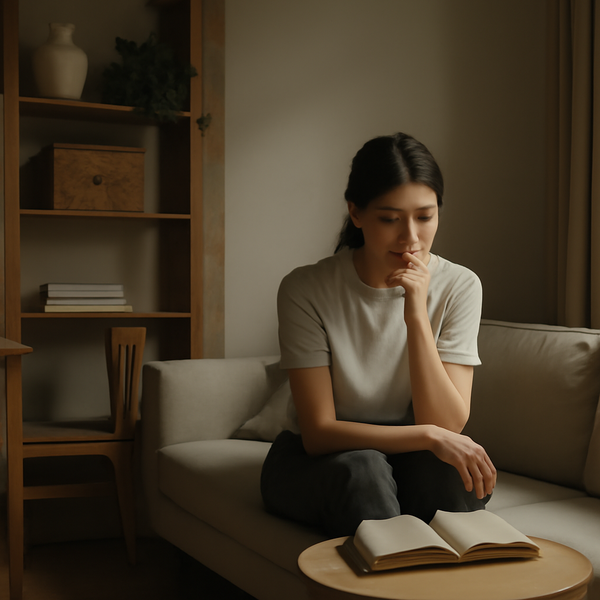
Living in a small space doesn't mean you have to sacrifice style or functionality. With a few smart tricks and creative solutions, you can transform even the most compact area into a comfortable and efficient haven. Embrace the challenge and discover how to make your small home work for you, maximizing every inch with clever hacks.
Smart Storage Solutions
One of the biggest challenges in small space living is storage. Think vertically! Install floating shelves, wall-mounted organizers, and over-the-door hooks to take advantage of unused wall space. Under-bed storage bins are perfect for seasonal clothing or extra linens. Consider furniture with built-in storage, like ottomans with hidden compartments or coffee tables that lift to reveal storage space. Utilize the backs of doors for hanging organizers, perfect for shoes, toiletries, or cleaning supplies. Pegboards are incredibly versatile and can be used in kitchens for pots and pans, in workshops for tools, or even in entryways for keys and mail. Don't forget about corner shelving units, which can add significant storage without taking up much floor space. Folding furniture, such as dining tables or desks that can be tucked away when not in use, also saves valuable real estate. Think about multifunctional pieces that serve more than one purpose, like a sofa bed for guests or a bench with storage seating.
Multi-Functional Furniture Essentials
When space is at a premium, furniture that serves multiple purposes is your best friend. A sofa that converts into a bed is ideal for accommodating overnight guests without dedicating a permanent guest room. A murphy bed, which folds up into the wall, is a classic space-saver for studios or small apartments. Opt for a coffee table that can be raised to dining height or has hidden storage. Nesting tables are fantastic for when you need extra surface area but can be neatly tucked away to save space. Consider a folding desk that can be mounted on the wall and folded down when needed, providing a workspace without a permanent footprint. Look for ottomans that offer both seating and storage. Even your bed frame can be a storage solution if it has drawers underneath. The key is to select pieces that are adaptable and can perform several functions, reducing the need for separate items and thereby freeing up precious floor space and visual clutter.
Maximizing Natural Light and Visual Space
Creating the illusion of more space is just as important as actual space-saving. Maximize natural light by keeping windows unobstructed. Use sheer curtains or blinds that allow light to filter through. Mirrors are powerful tools for small spaces; place them strategically to reflect light and create a sense of depth. A large mirror opposite a window can double the perceived size of a room. Light paint colors on walls and ceilings will also make a space feel more open and airy. Avoid heavy, dark furniture that can make a room feel cramped. Opt for furniture with legs that allow light to pass underneath, creating an open feel. Vertical lines, such as tall bookshelves or vertically striped wallpaper, can draw the eye upward, making ceilings appear higher. Decluttering is paramount; a tidy space always feels larger than a messy one. Regularly sort through your belongings and donate or discard anything you no longer need or use. Open shelving can also make a space feel less confined than closed cabinets, but ensure it is kept neat and organized.
Clever Room Dividers and Layouts
In open-plan living or studio apartments, effective room division can create distinct zones for living, sleeping, and working, making the space feel more organized and functional. Instead of solid walls, consider using open shelving units as room dividers. These provide storage while still allowing light to pass through and maintaining a sense of openness. Freestanding screens or folding screens are also excellent options that can be easily moved or stored away. Hanging curtains can create soft divisions between areas, adding a touch of coziness. Furniture placement can also act as a natural divider; for example, the back of a sofa can delineate the living area from a dining space. Consider using rugs to define different zones within a larger room. Even the layout of your furniture can impact the perceived size of the space. Avoid pushing all furniture against the walls; sometimes pulling pieces slightly away can create a more dynamic and spacious feel. Think about creating clear pathways to avoid a cluttered and cramped atmosphere.
Organization Tips for Everyday Living
Maintaining an organized small space requires a consistent approach to everyday living. Implement a 'one in, one out' rule for clothing and other personal items to prevent accumulation. Designate a specific place for everything and make a habit of returning items to their proper spots immediately after use. Use drawer organizers, shelf dividers, and small containers to keep cabinets and drawers tidy. Vertical organizers within closets can maximize hanging space and shelf usability. For kitchens, magnetic knife strips, pot racks, and tiered shelving can free up valuable counter and cabinet space. In bathrooms, consider wall-mounted caddies and over-the-toilet storage units. Regularly declutter your mail, papers, and any other small items that tend to accumulate on surfaces. Keep your countertops as clear as possible to enhance the sense of space. A weekly tidying routine can make a significant difference in maintaining order and a more pleasant living environment. Think about minimizing the number of decorative items you display to avoid visual clutter.